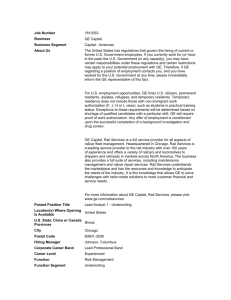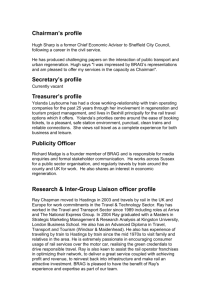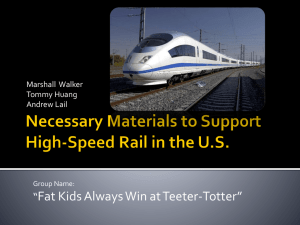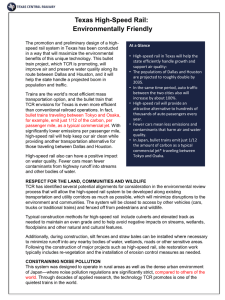Read More
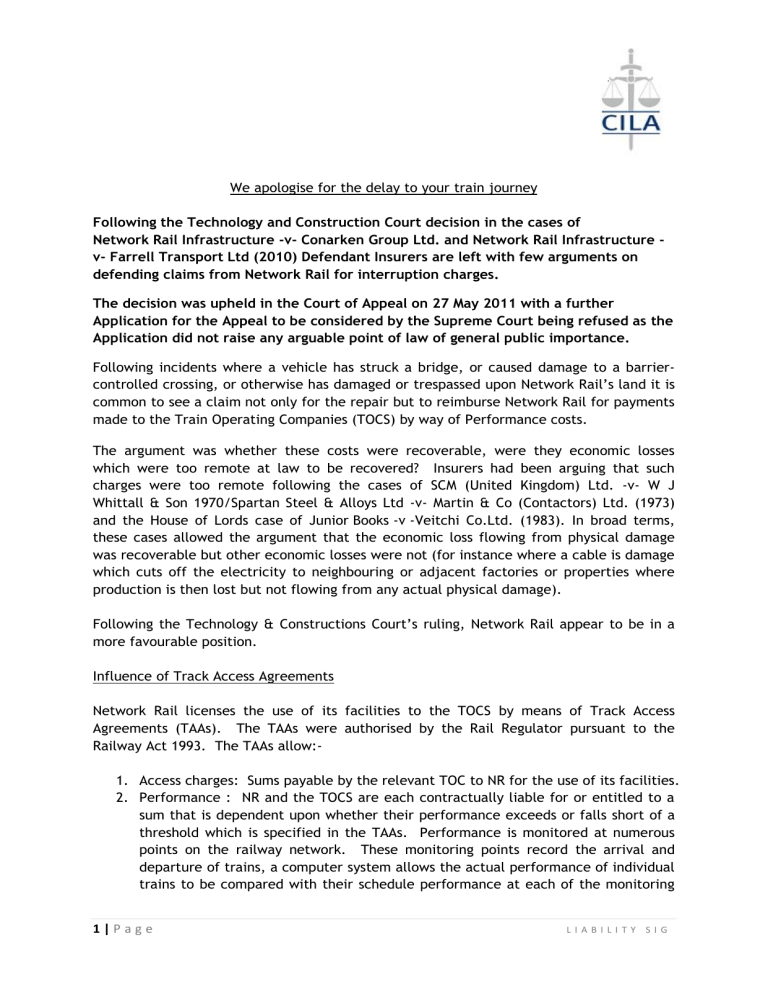
We apologise for the delay to your train journey
Following the Technology and Construction Court decision in the cases of
Network Rail Infrastructure -v- Conarken Group Ltd. and Network Rail Infrastructure v- Farrell Transport Ltd (2010) Defendant Insurers are left with few arguments on defending claims from Network Rail for interruption charges.
The decision was upheld in the Court of Appeal on 27 May 2011 with a further
Application for the Appeal to be considered by the Supreme Court being refused as the
Application did not raise any arguable point of law of general public importance.
Following incidents where a vehicle has struck a bridge, or caused damage to a barriercontrolled crossing, or otherwise has damaged or trespassed upon Network Rail’s land it is common to see a claim not only for the repair but to reimburse Network Rail for payments made to the Train Operating Companies (TOCS) by way of Performance costs.
The argument was whether these costs were recoverable, were they economic losses which were too remote at law to be recovered? Insurers had been arguing that such charges were too remote following the cases of SCM (United Kingdom) Ltd. -v- W J
Whittall & Son 1970/Spartan Steel & Alloys Ltd -v- Martin & Co (Contactors) Ltd. (1973) and the House of Lords case of Junior Books -v -Veitchi Co.Ltd. (1983). In broad terms, these cases allowed the argument that the economic loss flowing from physical damage was recoverable but other economic losses were not (for instance where a cable is damage which cuts off the electricity to neighbouring or adjacent factories or properties where production is then lost but not flowing from any actual physical damage).
Following the Technology & Constructions Court’s ruling, Network Rail appear to be in a more favourable position.
Influence of Track Access Agreements
Network Rail licenses the use of its facilities to the TOCS by means of Track Access
Agreements (TAAs). The TAAs were authorised by the Rail Regulator pursuant to the
Railway Act 1993. The TAAs allow:-
1.
Access charges: Sums payable by the relevant TOC to NR for the use of its facilities.
2.
Performance : NR and the TOCS are each contractually liable for or entitled to a sum that is dependent upon whether their performance exceeds or falls short of a threshold which is specified in the TAAs. Performance is monitored at numerous points on the railway network. These monitoring points record the arrival and departure of trains, a computer system allows the actual performance of individual trains to be compared with their schedule performance at each of the monitoring
1 | P a g e
L I A B I L I T Y S I G
points. Responsibility for delay is then attributed between NR and TOCS in accordance with the TAA and will be attributable to NR where it arises from an incident involving NR Infrastructure, i.e. track, bridges, level crossings, etc.
Where a train is delayed or cancelled due to an impact by a vehicle with a bridge or level crossing then Network Rail must in accordance with the TAAs pay a sum of money to the
TOC.
A number of trains may be affected when access to the line is restricted, all trains pass through the monitoring points so the trains actual travelling time can be compared with time agreed between Network Rail and the TOC, the argument is therefore that the delay can be accurately recorded (with unconnected incidents expressly excluded from the calculations).
The claim for delay is expressed in minutes for each train.
The amount to be paid is calculated by a formula:-
Payment rate -v -minutes payable - v- busyness rate - £ value.
The Technology and Construction Court found that payments in respect of the performance costs were not too remote at law to be recoverable; such losses were reasonably foreseeable as a result of damage to Network Rail’s infrastructure. The
Judgment has not been Appealed and there appears to be little scope for argument.
Other aspects to consider
There has been a number of cases where there has been very minor impact or scrape to infrastructure and it has been argued there has been no physical damage. Nevertheless there have still been claims for inspection of the structure and because the line was either slowed or put out of action altogether until the inspection had been carried out there followed claims for Performance costs from the TOCS. Parties have continued to maintain that such losses are too remote to be recovered but Network Rail are pursuing matters vigorously, arguing if not in negligence then for trespass or nuisance. In fact the
Judgment handed down does touch upon nuisance/trespass claims and finds that if there is damage (loss) then it is recoverable.
There appears to have been no detailed examination as to the quantification of the losses which in the Conarken/Farrell cases had been agreed.
There is some concern as to whether all the recorded delays to trains can be laid at the door of the negligent Defendant, often trains are delayed due to numerous other reasons
2 | P a g e
L I A B I L I T Y S I G
and enquiry needs to be made so that the Defendant is only being faced with Performance costs that directly relate to damage to or incursion onto the Network Rail infrastructure.
It is worth noting that some success has been achieved in obtaining discount from Network
Rail on the Performance costs element of their claims.
D.R. Miles ACII, FCILA, FUEDI ELAE
Core Claims
3 | P a g e
L I A B I L I T Y S I G



